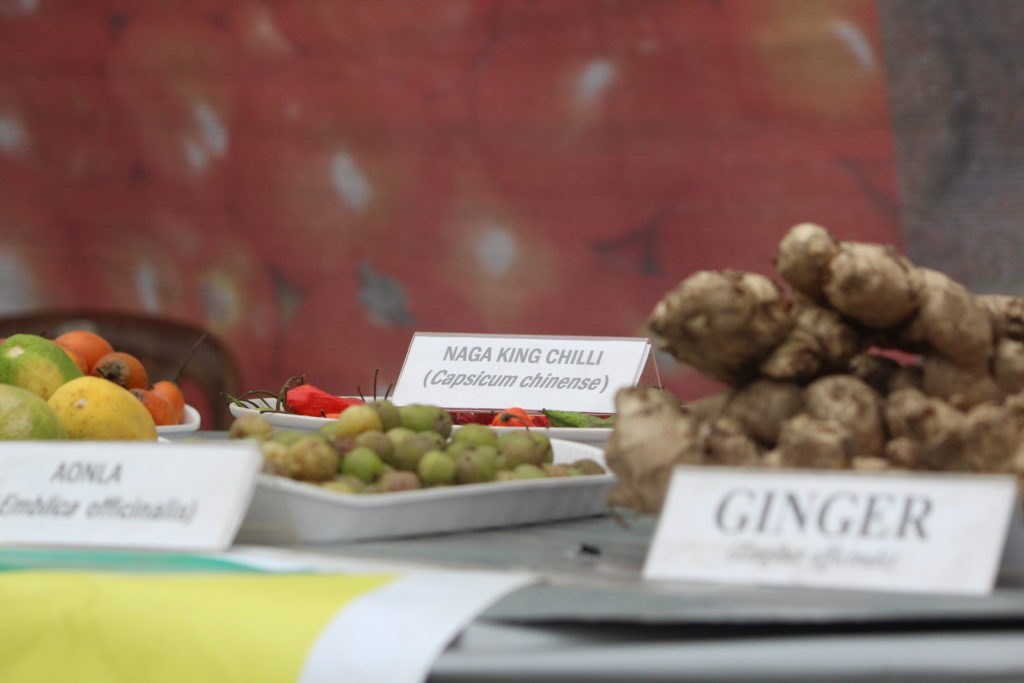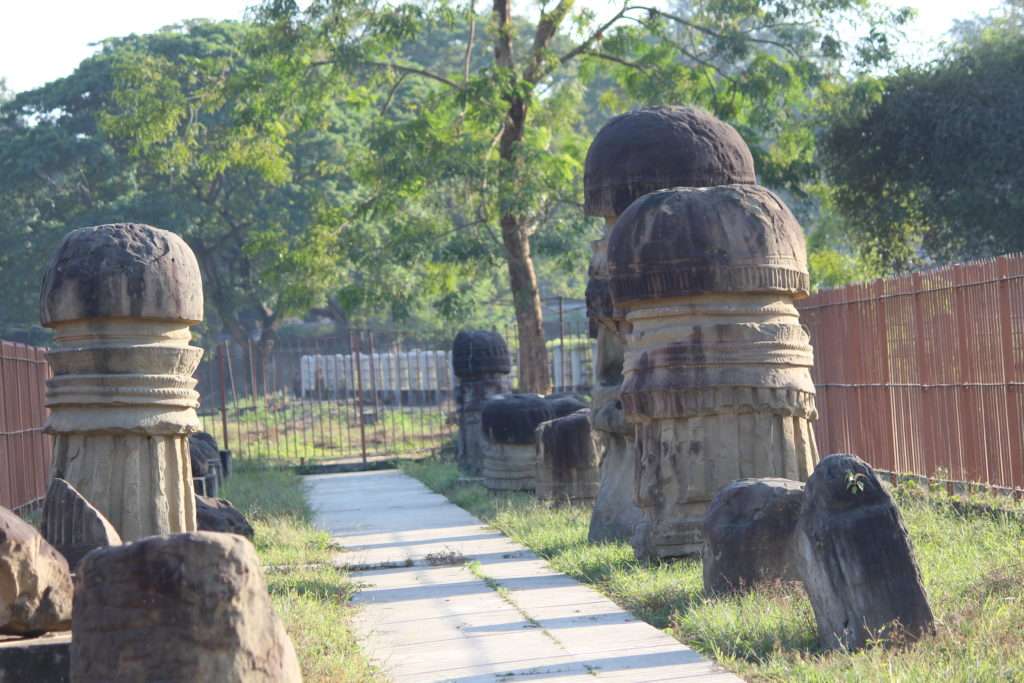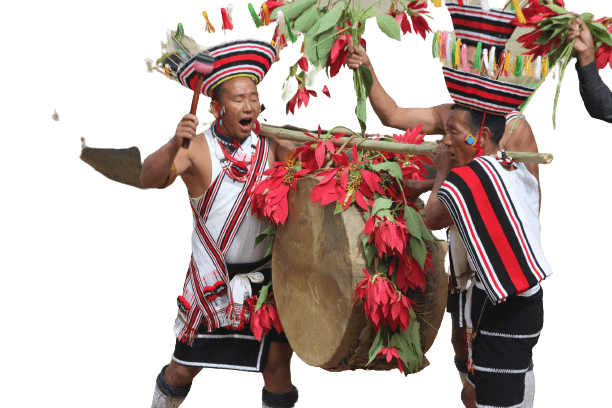Introduction: Why is Nagaland Unique?

Nagaland is home to many tribes that have their own distinct culture and traditions.
Nagaland is also called as Falcon capital of the world
How can travelers help the region benefit from tourism? Nagaland is a unique state in Northeast India with a rich diversity of flora and fauna. The state has many hills, valleys, rivers, and waterfalls which make it an ideal destination for nature lovers as well as adventure seekers. Nagaland also has many tribes that have their own distinct culture and traditions which makes it unique from other states in India. The state has much uniqueness spanning hills, valleys, rivers, and waterfalls which make it an ideal destination for nature lovers as well as adventure seekers. Nagaland also has many tribes that have their own distinct culture and traditions which makes it unique from other states in India.
Naga Cuisine

Naga cuisine is a cooking tradition of the Naga people, a tribal people living in the North Eastern region of India and in Myanmar. Naga cuisine is influenced by neighboring countries such as China, Thailand, and Burma. The staple food of Nagaland is rice and vegetables. The vegetables include leafy greens like spinach, mustard leaves, amaranth leaves, colocassia leaves, etc.; tubers like potatoes; fruits like mangoes; and spices like ginger-garlic paste. , turmeric, and cumin. Naga people grow rice on terraced fields and use traditional methods of irrigation from mountain streams. The staple foods of Nagaland include rice, vegetables, fruits, and seafood such as fish, insects, and crabs. The staple food is mostly cooked in water or oil with a few amount of spices like turmeric leaf or the tuber root of the plantain plant. Herbs and vegetables are also eaten raw or cooked together with staple food such as “bhekti” (taro) and pork. Minced meats are eaten with rice, and vegetables, or served on their own as a main dish. “Bhūrmi” (potatoes) and beans are commonly boiled and served with a spicy gravy or curry. Different varieties of rice are eaten. The principal staple food is “chira” (long-grain white rice), which is eaten as pilaf and sometimes made into paella or pulao.
Naga Heritage Sites

Nagamese Festivals

Conclusion: The Uniqueness & Diversity of Nagaland and its Cultural Landscape

Nagaland is a state in Northeast India. It has an area of 16,579 square kilometers and a population of 1,980,602 as per the 2011 census. Nagaland borders Myanmar and is home to diverse cultures and languages. Nagaland is a beautiful state in northeast India with diverse cultures and languages. The Naga people are the original inhabitants of this state who are now recognized as one of the many tribes in Nagaland. Nagaland is a beautiful state in northeast India with diverse cultures and languages. The Naga people are the original inhabitants of this state who are now recognized as one of the many tribes in Nagaland. This article explores their language, culture, and art. The Naga languages are classified as part of the Tibeto- Burman language family. The nearest languages to it are Munda, Khasi, and Garo. They have a rich cultural heritage that includes practicing dance and music, indigenous religion, and art forms like tapestry weaving. The Nagas have their own scripts as well. The state is home to 4,000 people belonging to the Naga tribes.
